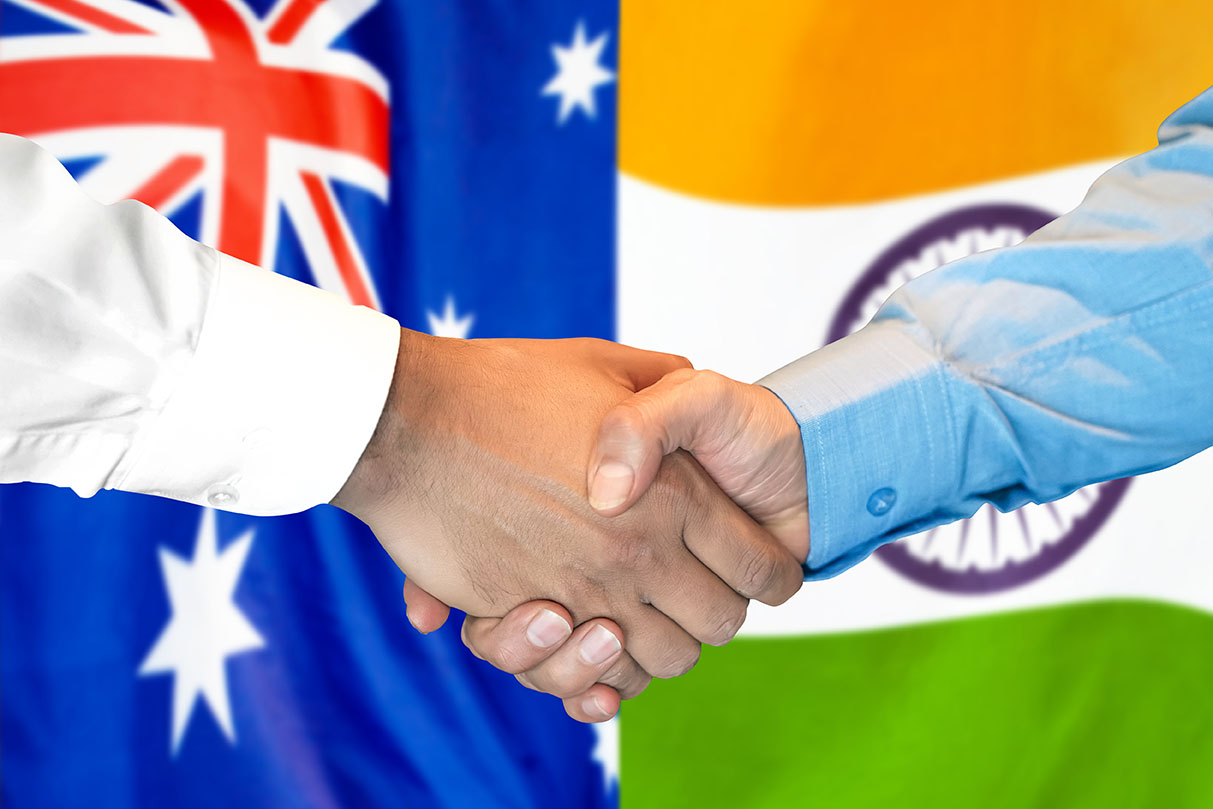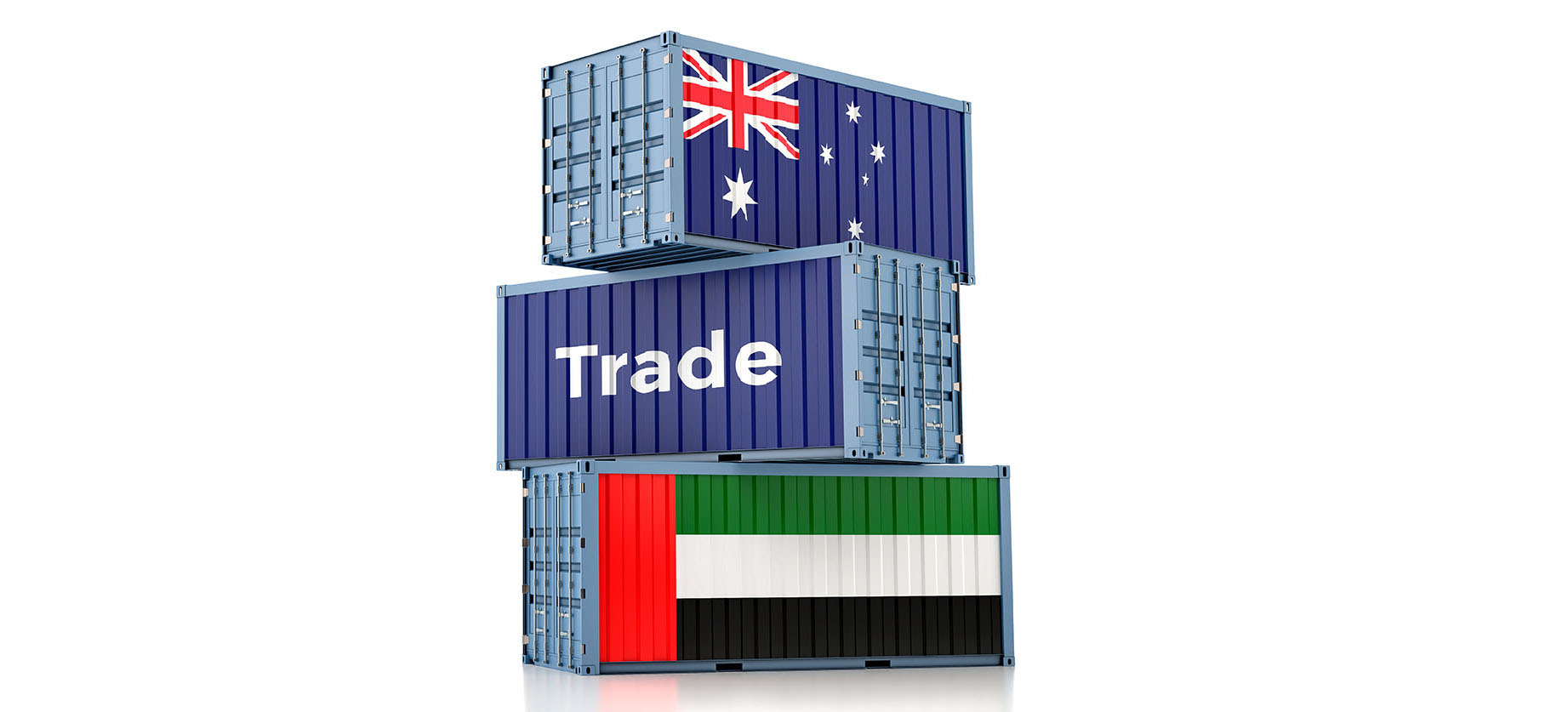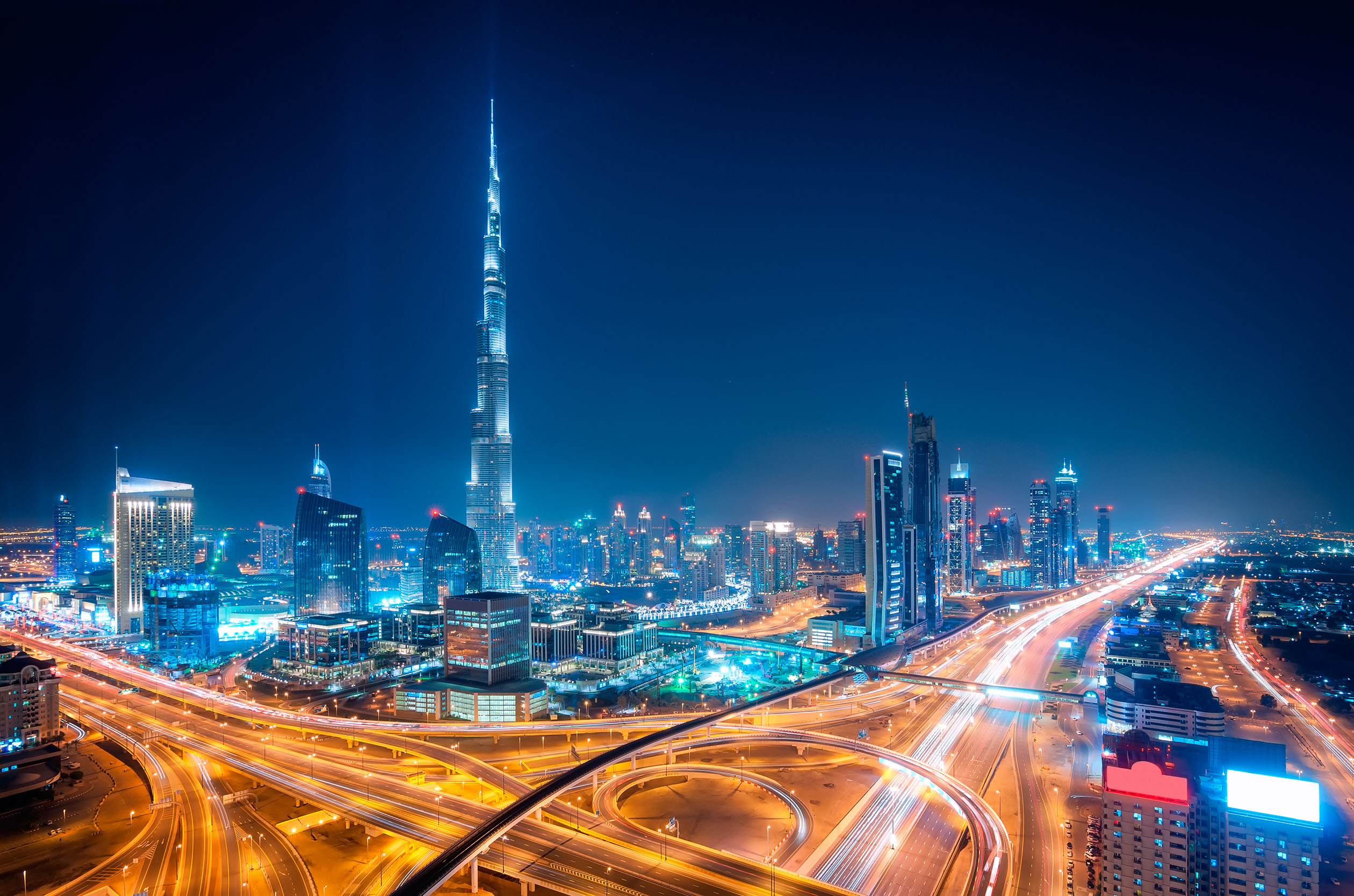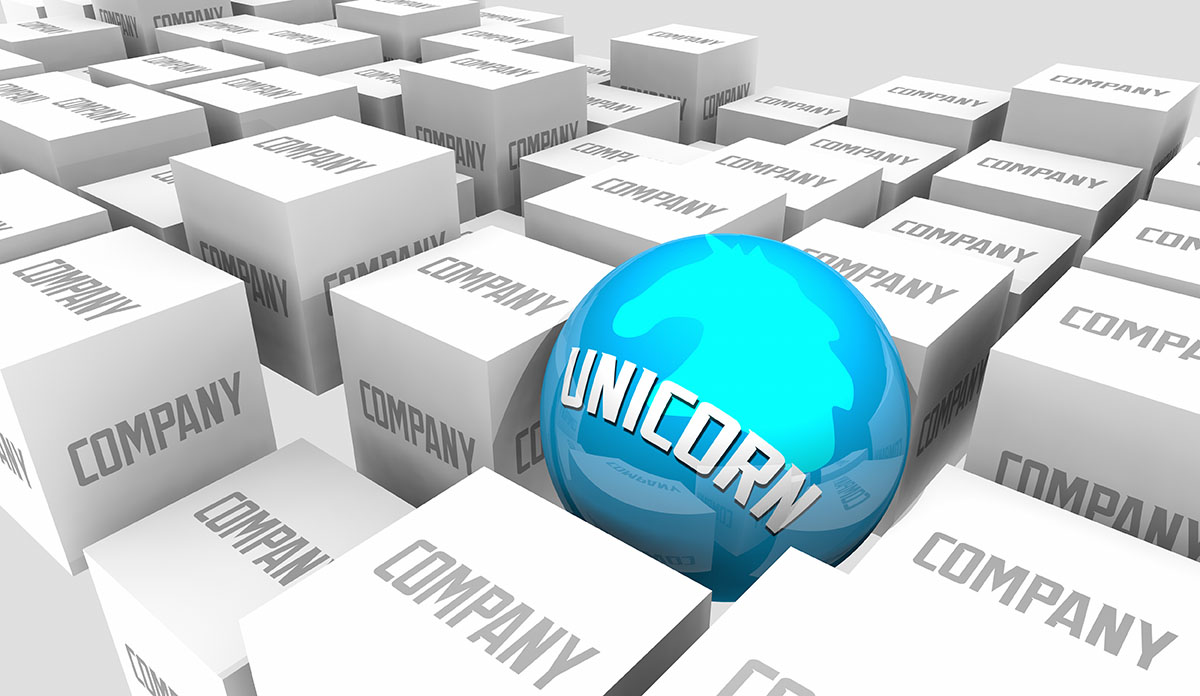By Ben Norton
“The sky is the limit for our trade and economic ties as we commit to building a shared future and enhancing the prosperity of our people,” said Piyush Goyal, India’s Minister of Commerce and Industry,
India and UAE have long-lasting historic ties that are woven between both their economies and cultures. The new Comprehensive Economic Partnership Agreement (CEPA), is poised to boost their combined economies greatly while fostering new job opportunities and supporting the growth of start-ups.
A total of $60 billion of trade flowed between the nations in 2019 alone from exports of goods such as jewellery, gold and diamonds. Although the energy industry may have brought the countries together, many other products and services will soon lead their journey to greater prosperity.
An additional factor that encourages continued support of the open market is the 3.4 million Indians living in the UAE. Many Indian-based companies continue to invest in their new partner’s economy due to its relative stability. UAE, on the other hand, has begun a search for tech-based businesses in India that need a capital injection with the idea of growing future billion-dollar enterprises.
The previous 5% import duty made Indian manufacturers uncompetitive in the Emirates, while up against China, Singapore and Malaysia. CEPA has levelled this playing field by bringing Indian goods into the market that match prices and often far outshine the competition’s quality.
“This agreement was long-awaited as India-UAE trade relations have huge potential to grow,”
— M C Garg, chairman of Goodluck India Exports.
India’s economy is still finding its way out of a lull created by the pandemic with many private enterprises on the hunt for new avenues to generate sales. From tourism to agriculture, both countries are encouraging, funding and guiding new connections between their borders in order to build greater trust and stronger relationships between firms.
The success of this agreement will likely spur on similar trade deals across the globe for both nations. UAE has its eyes set on the Middle East with the goal of becoming an even larger trading hub. India is looking further afield, targeting first-world countries such as Australia.
Will the CEPA agreement be the first step toward a network of similar partnerships? Many believe it could be the beginning of a tariff-less world market but only time will tell where this ground-breaking deal may lead.
“This bilateral trade agreement between the UAE and India will open new doors for many ventures across both the nations”
— Sanjay Borkar.






